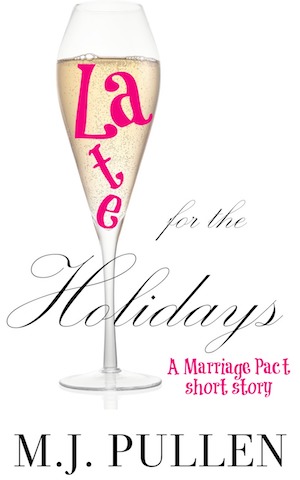Once a month or so, I go with my family to that Mecca of Consumerist Culture, Costco. It’s probably not cool to say so, but I love this ritual. Usually we’re stocking up on staples like paper towels, milk and diapers; but it’s also a specific type of quality family time. While we’re getting our basic household needs met, we also wander around browsing, snacking on samples, and looking forward to the cheap hot dog at the end. The boys (one and three) fit securely side-by-side in the super-wide shopping carts, and the various items for sale typically spark conversations about future vacations, home improvements, or large gatherings we’d like to have.
If you’ve been to Costco, you know that they have employees stationed at the exits, who check your receipt against what’s in the cart and put a line through it with permanent marker. If you have little kids, they also routinely flip the receipt over and draw a smiley face there as well. Unbelievably, it’s this smiley face schtick that has become a point of contention between my stubborn as hell precocious three year old and the staff of our local Costco.
I don’t remember exactly how this started, maybe by a loose cannon employee trying to cheer him up on a grouchy day, but somehow my little guy got it into his head that he wants both a happy face and a sad face on his receipts. Leave it to a therapist’s kid to insist that a fuller range of human emotions be represented. Apparently, we’ve learned, this is against Costco policy.
If you know any three-year-olds, you know that accepting such realities is not really their

specialty. He asks for a sad face, in his most charming and polite little voice, every time. And every time, they refuse. Sometimes they rebuff his request with a muttered joke, sometimes they pretend not to hear him, and once or twice they have even refused him directly – saying that it’s Costco policy. I find it hard to imagine this is actually Costco policy, but if it is, I’d love to have been a fly on the wall in that meeting.
As you can imagine, this leaves us with a frustrated and bewildered child on our hands after every trip to Costco, at least until we can get to the car and his dad or I will add a sad face to the happy one on the back of the receipt. Silly, but true. And you know what? I don’t blame him. He approaches those employees with a perfectly reasonable request, and feels frustrated when those in charge refuse him for no apparent reason.
Readers are the same way.
When I pick up a novel, I develop certain expectations for how it will go in the first few pages, and certainly by the end of the third chapter or so. If the author doesn’t resolve the problem presented in the initial chapters by the end, I get frustrated and angry, too. I’m not talking about happy endings, necessarily, because like my three-year-old I believe there’s room in the world for sadness, too; but I do expect to feel satisfied at the end of a novel.
I have noticed that some authors – amateurs and publishing legends alike – sometimes ignore or fail to account for this expectation when they write. They muddle their story with too many unrelated twists and turns, or so many characters and details that they seem to lose track of them [I’ve been guilty of that one myself]. Or, in what I assume is an attempt to avoid being predictable, they heap tragedy or ecstasy on their characters to such excess that it’s hard to keep reading. Maybe that is how real life works sometimes, but that’s not why readers pick up novels.
Originality is critical, as is the element of suspense. And I’m certainly not advocating two-dimensional characters or canned plotlines. But I think there’s a time when writers take their quest to surprise and engage to a level at which the reader becomes an adversary to be bested, rather than a fan to be courted. I believe that’s a strategy for failure. Readers love twists, intrigue and surprises, but they have to fit into the context of the story and help the reader progress toward solving whatever problem the novel introduces (whether it’s resolved for the characters or not, it must be resolved for the reader in some way).
Writers who smugly try to outsmart readers, rather than partnering with them to tell the story, will most likely find this strategy about as useful as telling a three year old how he should feel. While I don’t think my little guy will ever boycott Costco because of their happy-only philosophy, I do feel confident that readers who find a story unsatisfying will be likely to look for what they expect somewhere else.
So, how do you strike the balance between expressing yourself as an artist and creating an enjoyable experience for the reader? Is your reader forefront when you sit down to write? Or maybe he/she doesn’t enter your mind at all?
Sign up for M.J’s Mailing list & read Late for the Holidays FREE! Sign Me Up!


